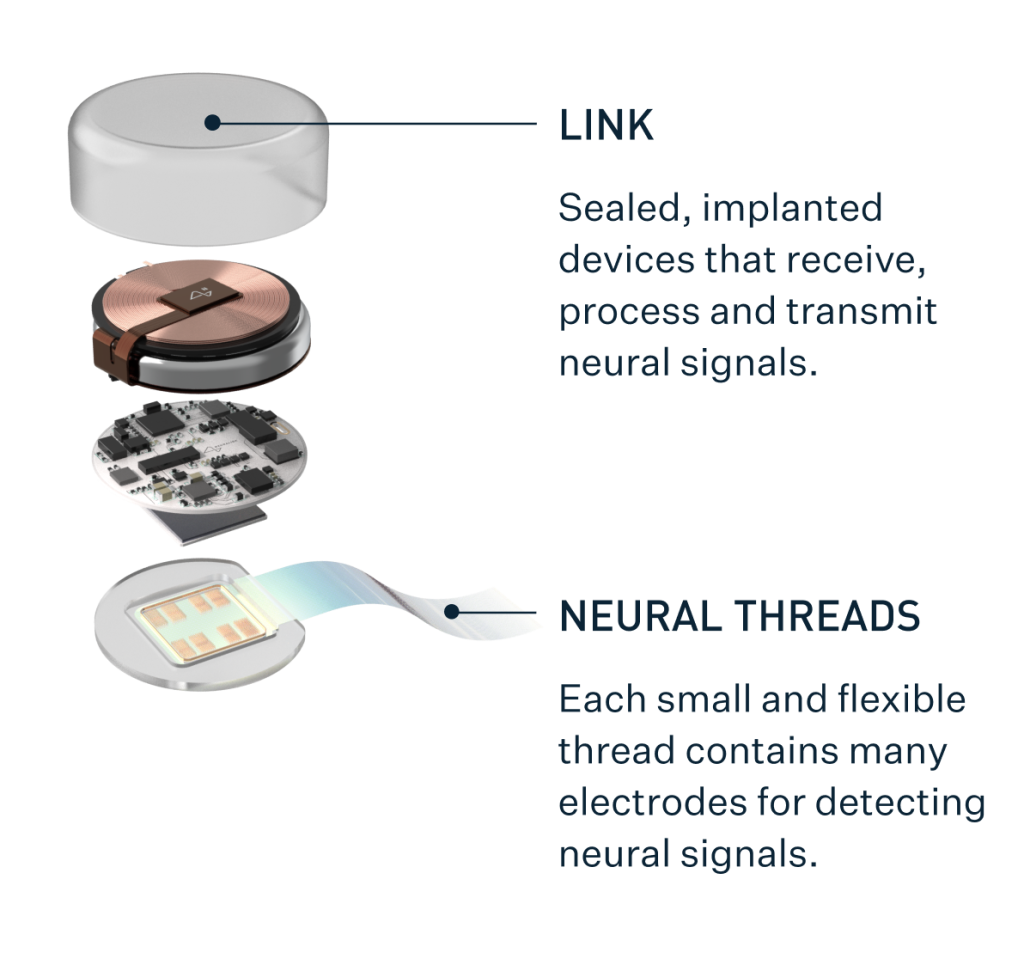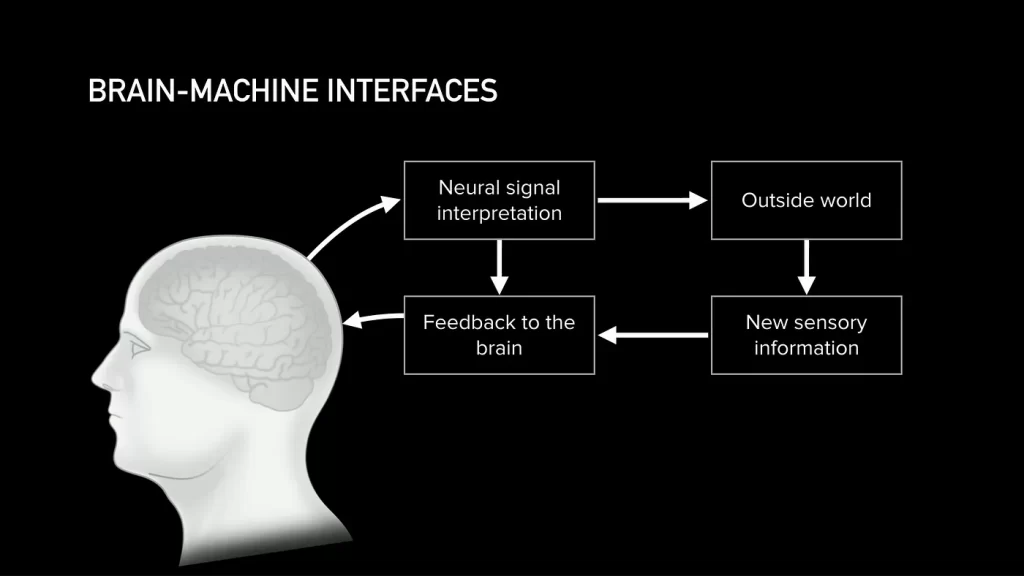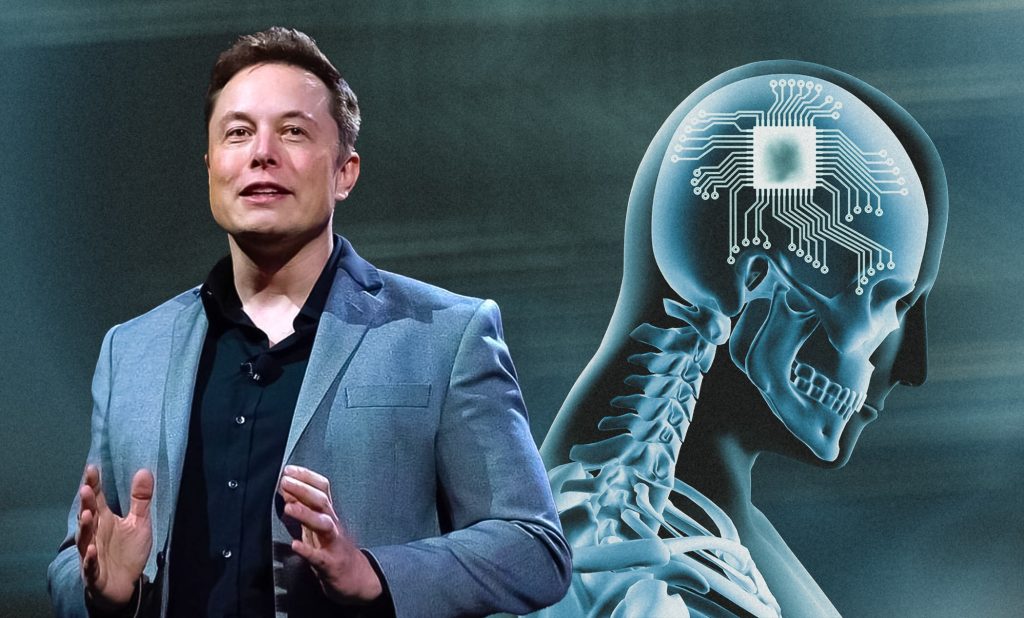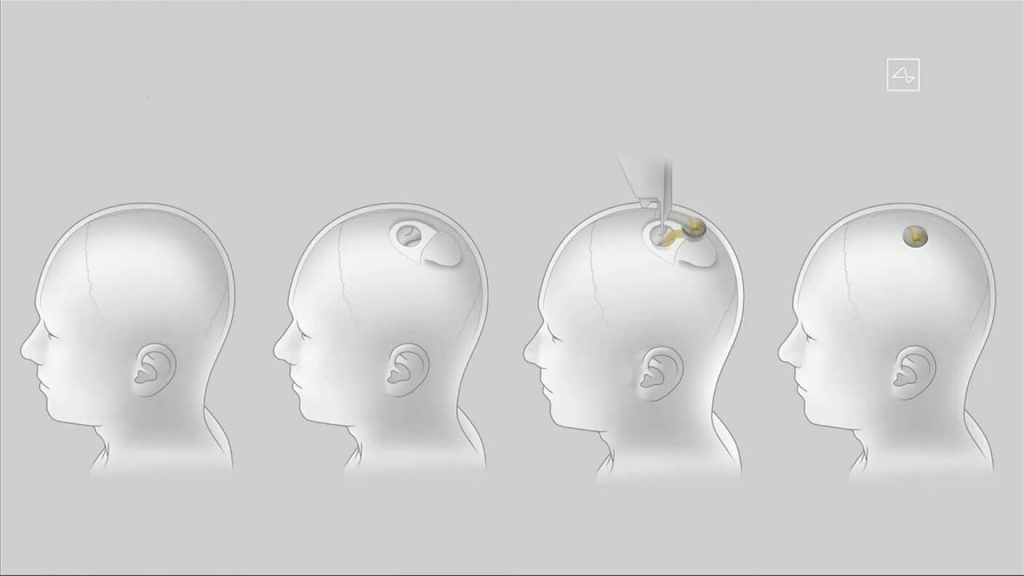
Elon Musk is known as an extravagant and highly entrepreneurial billionaire, responsible for ventures such as SpaceX, OpenAI, Hyperloop and Neuralink. The latter officially started off in the mid ’10s, being founded by Musk and several associates. At the start of the 20’s the company had grown to have close to 100 employees and was largely funded from Musk’s private capital. The company aimed to develop appliances with which diseases, such as Parkinson’s, depression or epilepsy, could be treated, with an added long term vision of using such devices to cross into the transhumanistic realm. Transhumanism is a form of philosophy that commends the development and use of technologies to advance the human condition, by improving longevity for example. Elon has made mention of a world where humans can fuse with AI, in which the technology is controlled.

Neuralink has proposed several technologies they would need to make their brain–computer interface (BCI) a reality and a prototype already has been revealed. The main device, the ”link”, would be situated on top of someone’s cortex and ideally implanted through a vein. The link processes the signals from and to the brain and is connected to it via flexible threads harboring electrodes, see figure 1. These are to detect the signals coming from the brain and demand a robotic surgeon. A similar machine has already been used to test their technology on pigs and monkeys. A charger and an app would complete the Neuralink experience and would essentially let one use electronic devices using their thoughts. The app is not yet developed, but could train users to accurately use their link. However, is it fit to create such technology and should we be concerned over the owner himself? Neuralink will likely not become what Musk claims it will, and striving to achieve this now brings with it several major concerns.

Founder concerns
Musk’s reputation may lead to the first issue. As stated before, he was the largest investor and still has a significant influence. However, he has had no official executive position from 2018 onward. Still, most original founders of Neuralink have left, save for Musk and a single scientist. Ex-employees revealed that Musk’s leadership led to rushed deadlines, which should not be acceptable for a company responsible for implanting foreign objects on people’s brains. He additionally may have circumvented his own corporate structure, to receive information on possible employee issues directly. This indirect way of keeping an eye on the company and his employees is not the only questionable behavior from the billionaire.
He has voiced contentious statements on politics and technological advancements, some of which were misleading. Since the Twitter takeover, Musk has allowed several accounts that were previously suspended for misinformation back on the platform, while suspending well-meaning journalists. All this indicates that he does not have the purest morals, nor is the most stable person to lead Neuralink. Additionally, Neuralink’s implants may just be another lucrative undertaking for the man who earns $2400 million a year with little righteous motives. Of course, this may be an important factor for all most all businesses, but Elon has been at the top of the wealth rankings for a while and his endeavours may be just attempts to stay at the top.
His reputation has already brought down Tesla’s and Twitter’s progress. While these companies have received attention, it was largely negative and correlated with that of Musk. Obviously, he is not the only influential factor in the downfall of his companies, such as technical issues, but his prominent position cannot be denied. Neuralink will suffer from his motives, management and morals.

Ethical Concerns
There are several ethical concerns that surround Neuralink, one of which is disrespect for life. Last year, the company was undergoing scrutiny after many of their animal test subjects had died and others were likely mistreated. These animals did not receive the noninvasive implantation through injection, but were instead subjected to a craniotomy. Neuralink staff also mentioned rushed approaches to the testing.
Also, the complicated nature of the implantation and the costs would likely mean that not all parts of the world would have equal distribution of this technology. For those that would receive the implant, great physical and physiological benefits are promised, with which they may be able to achieve more at work or have a better quality of life. While this of course is dependent on what really would be able to be achieved with the link, a social divide already exists and should not be exacerbated by such technologies.
Safety Concerns
Although there has been relatively a lot of focus on the ethical and technological of BCIs, less attention has been paid to the biological demands. The single author on the Neuralink paper, Elon Musk, has no formal medical expertise and the paper was not peer-reviewed. Neuroscientist Amy Nippert found that safety concerns are often disregarded in discussions and research into BCIs. For example, it is not known how long the devices will actually work, what the possible infection rates are, or even if the materials used in BCI implants are suitable for human tissue.
Currently, Neuralink is mainly building on research that has been done on deep brain stimulators. For these, it was found in a study that 4.6% of patients had infections and device failures. Infections require antibiotics and additional surgery for device removal, which can be risky too. Moreover, it is not known whether removing the “link” could alter brain tissue. Beyond the shadow of a doubt, removing hundreds of probes from your brain probably will. All in all, BCIs one day may allow paralyzed people to interact with the world in unimaginable ways – offering life-changing benefits that may be worth the risk to some individuals. But for the rest of us, it may be wise to think twice before letting Elon Musk into our brains.

Lack of Proven Benefits
It may be clear that promises such as the app and the noninvasive implantation have so far not been fulfilled. It has been argued that this holds true for many of Musk’s claims; fantastical in theory, but speculative in nature. Some fantastical things, such as mice with infrared vision and the movement of objects through brain signals have been shown to be possible, these can be substantiated, something that Neuralink’s narrative does not provide. He claimed that medical afflictions were the primary goal for Neuralink, along with a future of artificial human enhancement. However, the company has barely shown any intent or ability to actually treat such conditions. One Neuralink employee said that they were going to attempt the prototype on paraplegics, but Musk never confirmed this, nor was he willing to state deadlines for his claims.
The current technology does not seem to even support being viable in the environment that is the brain, with the threads being too delicate now. The amount and size of these is an issue too, as to achieve any of Musk’s more elaborate claims, one would need to capture more brain signals. It currently support around 1000 and these are too large to accurately read individual neurons. Musk’s promises and claims about Neuralink are similar to the strategy he also used for Tesla and SpaceX; sensationalize to gain funding and future employees.
Misuse and Abuse
”I think, therefore I am” describes the most defining human characteristic. It is logical to conclude that protecting the freedom of thought is essential although another concern arises that puts it in danger: Brain-hacking.
Brain-hacking is already not solely a hypothetical situation anymore. A study that examined various kind of attacks on BCIs revealed that certain sensitive information could be derived from EEG signals. This information consisted of things such as faces of persons BCI users know, their pin codes and debit card numbers. If Neuralink’s security is not solid, all kinds of information could be distilled. Or worse, people’s thoughts and actions could be controlled and manipulated. Measures to address this could include comprehensive informed consent or implementing a ’kill-switch’ to disconnect connections, but even then, one could not possibly foresee all potential risks.

The Bottom Line
So now we ask ourselves, is the future as Neuralink sees it within reality and should reaching for it really be encouraged? No, aside from the eccentric, polarizing, money-hungry billionaire that may potentially scupper his own undertaking, there are more concerns to show that Neuralink’s technology does not and should not have a place in society. The company clearly cares little for ethics, for example hurried experiments resulting in unnecessary deaths are not moral and indicate that Neuralink is not fit to bring this invasive implant into society.
Furthermore, the company and its owner barely seem to know anything about the biological factors and the topic is not sufficiently addressed, even when removing an implant would undoubtedly damage the brain. And for what would someone even be risking this, when the company has not yet been able to prove anything it has claimed and seems technologically far removed from their promises?
Lastly, what makes us human could be put in danger from hackers and sensitive data could become compromised. Neuralink’s security would need to tackle this, but some scenarios may not be included in this, leaving vulnerable spots. Developing Neuralink’s technology is not right and a serious concern on many fronts. Should Musk and investors allow it to continue in its current direction, society, humanity should brace itself.


